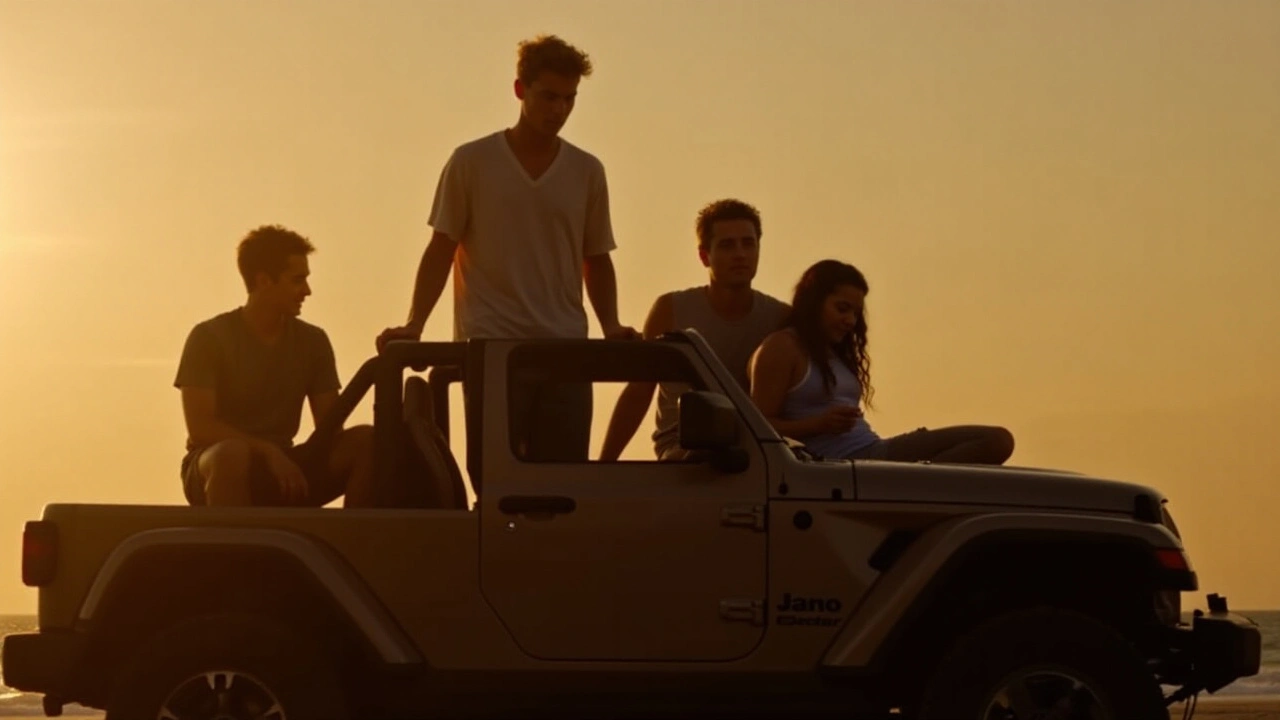Outer Banks: What to See, Do and How to Plan Your Trip
Heading to the Outer Banks and feeling overwhelmed by choices? Start here. The Outer Banks (often called "OBX") are a string of barrier islands off North Carolina with wide beaches, historic lighthouses, and wild horses roaming the sand. This guide gives practical tips you can use right away—what to pack, how to get around, and the must-see spots so your trip actually feels easy and fun.
Top things to do in the Outer Banks
Hit the beaches: Kill Devil Hills, Nags Head, and Cape Hatteras have long, sandy shorelines for sunbathing, surfing, or long walks. If you want quieter sand and a good chance to spot wildlife, try the beaches around Ocracoke Island.
See the wild horses: Corolla and Carova are famous for wild Colonial Spanish horses. You can spot them from the beach or join a guided tour. Keep a safe distance—don’t feed or touch the horses.
Visit lighthouses and history spots: Climb Cape Hatteras Lighthouse for epic views, and check out the Bodie Island and Ocracoke lighthouses. History fans should visit the Lost Colony site on Roanoke Island and the Wright Brothers National Memorial in Kill Devil Hills.
Go boating and fishing: The soundside is calmer and perfect for kayaking, paddleboarding, and small-boat rentals. Offshore charters run from several towns if you want deep-sea fishing or dolphin-watching tours.
Try local food: Seafood is fresh—look for shrimp, blue crab, and locally caught fish. Low-key spots and family-run seafood shacks often beat flashy restaurants for value and flavor.
Planning your trip: when to go, where to stay, and transport
When to visit: Summer (June–August) brings warm water and lots of activities but also crowds. Late spring and early fall are sweet spots—mild weather, fewer people, and lower rates. Winter is quiet and cheaper, but many services reduce hours.
Where to stay: Choose based on vibe. Nags Head and Kill Devil Hills are central with easy access to shops and restaurants. Corolla and Duck have upscale rentals and quieter beaches. Hatteras and Ocracoke feel more remote and relaxed. Vacation rentals are common—book early for summer.
Getting around: A car is the easiest way to explore. Ferries connect several islands (Hatteras, Ocracoke) and are part of the experience—reserve spots in the busy season. Some towns offer bike rental and short shuttle options if you prefer not to drive.
Practical tips: Pack reef-safe sunscreen, a light windbreaker for evenings, and insect repellent for marshy areas. If you plan to drive on beaches (allowed in parts of OBX), check vehicle permits and tide times. Bring cash for small vendors—some places still prefer it.
Safety and etiquette: Watch rip currents—only swim where lifeguards are on duty. Respect wildlife and local property rules. Keep noise down at night in residential areas and follow trash rules to keep the islands clean.
Ready to go? Pick your base, book lodging early, and plan one or two must-do activities—then leave space for the kind of lazy beach days that make the Outer Banks special.
Outer Banks Season 4 Shocking Finale: Exploring JJ's Death and Its Future Implications
In a jaw-dropping finale, 'Outer Banks' season 4 surprised its fans with the unforeseen death of JJ Maybank. Showrunners Shannon Burke, Jonas Pate, and Josh Pate delve into the reasons behind this pivotal plot twist, and outline how JJ's tragic end molds the narrative of the upcoming season. This article unfolds the emotional ripples among the characters and teases potential changes and relationships in season 5.
